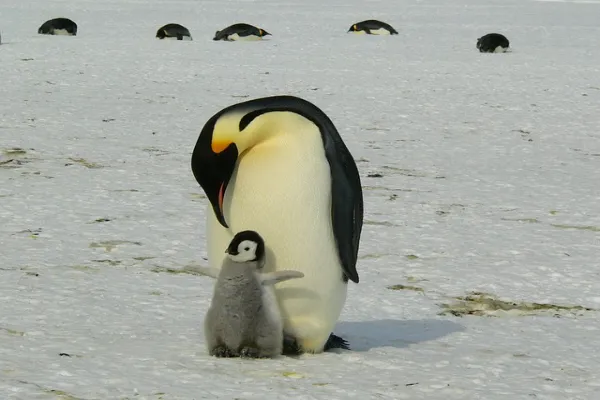Facts About Antarctica

Introduction
Antarctica, the southernmost continent, remains an enigmatic and awe-inspiring realm of ice and isolation. Despite its harsh conditions, this frozen frontier holds a unique allure for scientists, explorers, and nature enthusiasts. In this article, we delve into fascinating facts about Antarctica, shedding light on its extreme climate, extraordinary wildlife, and the vital scientific research conducted in this pristine, icy wilderness.
- The Coldest Place on Earth: Extreme Temperatures Antarctica is renowned for being the coldest place on Earth. The lowest temperature ever recorded on the continent was a bone-chilling -128.6°F (-89.2°C) at the Soviet Union’s Vostok Station in 1983. The harsh climate, with winter temperatures regularly dropping below -40°F (-40°C), contributes to the formation of the Antarctic ice sheet.
- The Antarctic Ice Sheet: A Giant Reservoir of Fresh Water The Antarctic ice sheet is a colossal mass of ice that covers nearly 98% of the continent. This ice sheet is so vast that, if it were to melt completely, global sea levels would rise significantly. It contains about 60% of the world’s fresh water, locked in layers of ice that have accumulated over millions of years.
- Unique Wildlife Adaptations: Surviving the Cold Despite the extreme conditions, Antarctica is home to a variety of unique and hardy wildlife. Penguins, seals, and seabirds have adapted to the cold by developing specialized features such as insulating blubber, thick fur, and waterproof feathers. Iconic species include the Emperor Penguin, Weddell Seal, and Albatross.
- Icebergs and Glaciers: Sculptors of the Landscape Antarctica is surrounded by icebergs and glaciers that contribute to its otherworldly beauty. Icebergs, massive chunks of ice that break off from glaciers, can take on incredible shapes and sizes. The Antarctic Peninsula, known for its stunning scenery, is home to numerous glaciers that flow into the Southern Ocean.
- The Antarctic Treaty: Preserving a Pristine Environment The Antarctic Treaty, signed in 1959 by 12 countries, designates Antarctica as a scientific preserve and prohibits military activity on the continent. Over the years, the treaty has gained international support, with numerous countries participating in collaborative scientific research and environmental protection efforts.
- Scientific Research: Unlocking Earth’s Secrets Antarctica serves as a natural laboratory for scientific research in fields such as climatology, glaciology, astronomy, and marine biology. Researchers from around the world conduct studies to better understand climate change, the ozone layer, and the dynamics of Earth’s past and future.
- The Midnight Sun and Polar Night: Unique Daylight Patterns Antarctica experiences extreme variations in daylight throughout the year. During the austral summer (from late September to late March), the continent enjoys constant daylight, known as the Midnight Sun. Conversely, in the austral winter (from late March to late September), Antarctica plunges into the Polar Night, experiencing near-complete darkness.
- Lake Vostok: Subglacial Secrets Lake Vostok, a massive subglacial lake buried beneath the East Antarctic Ice Sheet, has captivated scientists. This pristine, isolated environment has led to the discovery of unique microbial life, opening new possibilities for understanding the potential for life in extreme conditions on Earth and other planets.

Conclusion
Antarctica, with its mesmerizing landscapes and extreme conditions, stands as a testament to the resilience of life and the mysteries that the natural world still holds. As ongoing scientific exploration and international collaboration continue, Antarctica remains a vital source of information about our planet’s past, present, and future. The frozen continent’s pristine beauty and scientific significance make it a symbol of the importance of environmental conservation and global cooperation in understanding the complexities of our Earth.